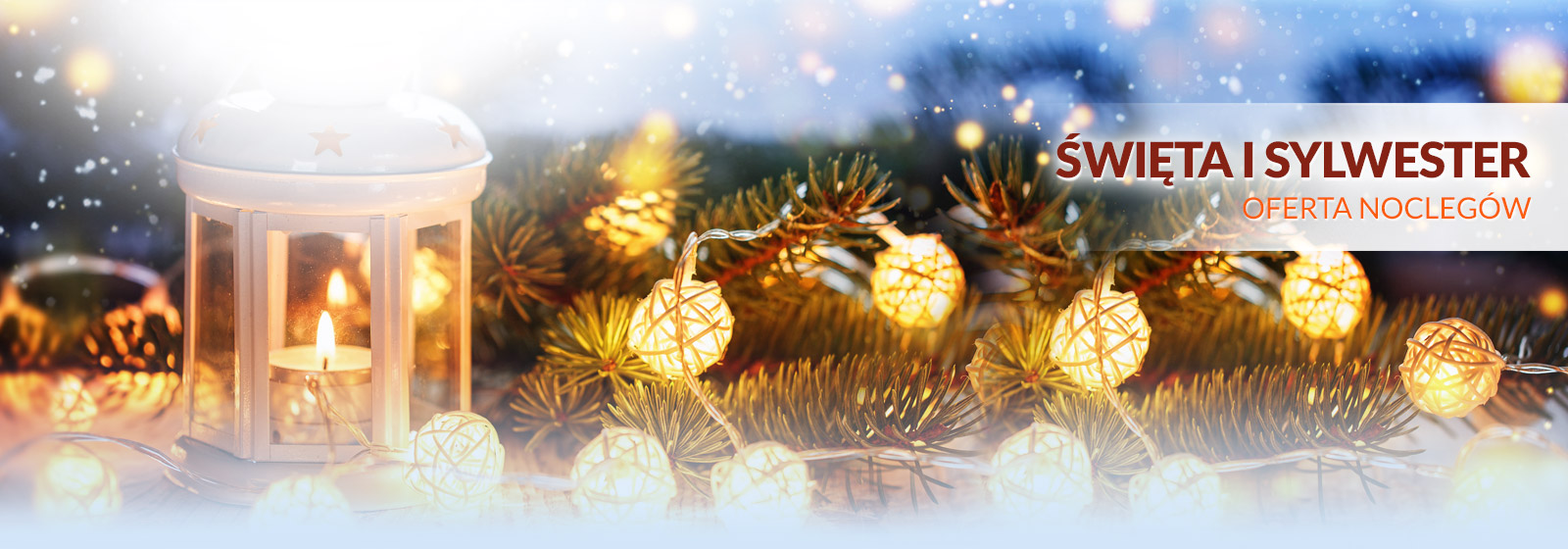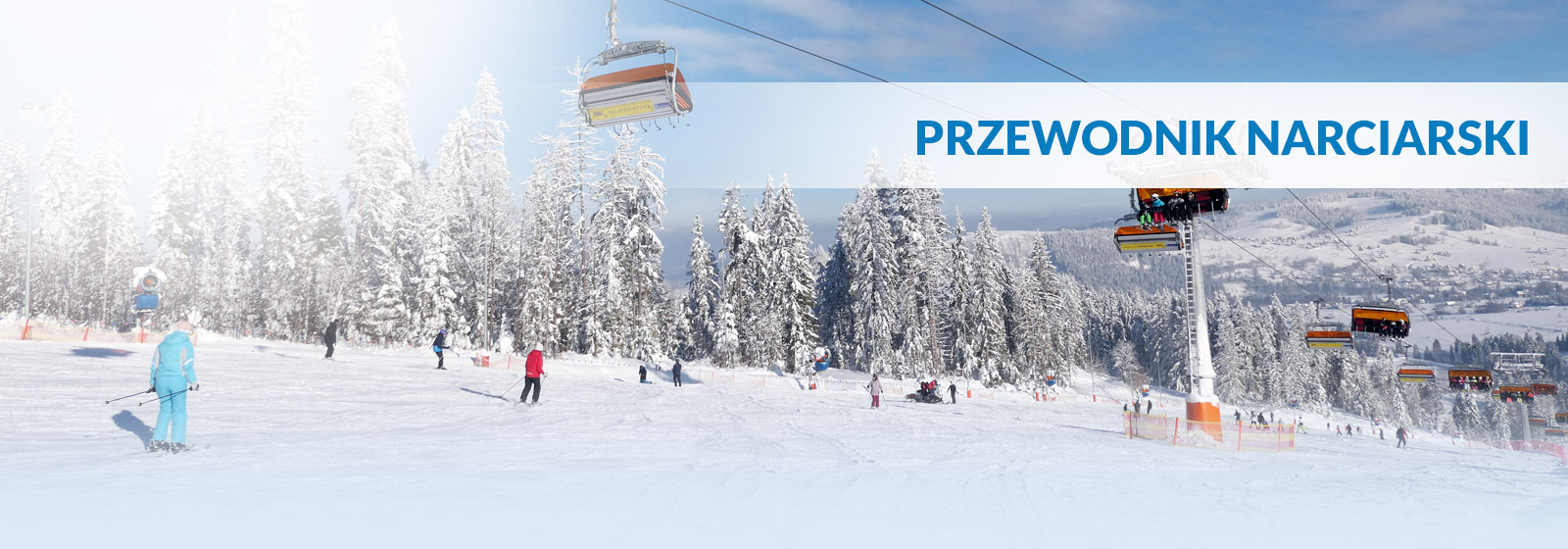Lemko language is one of many of the Ukrainian language forms. Its shape was also significantly influenced by Polish and Slovakian language. Experts can also distinguish single elements of Hungarian and Romanian language in it. From its beginning language of Lemkos was very complex and heterogenous – actually each village had its own characteristic vocabulary, which resulted in the lack of any form of literature that would be broadly accessible. After the WWI, in schools of regions inhabited by Lemkos, there was an attempt to teach the ‘normal’ form of language of Lemkos living near Krynica. This idea, however was opposed and laughed at. Lemkos’ writings are very rare. Lots of legends, tales and sayings – transmitted only as verbal messages – were to a large extent forgotten. Few writers (the most famous Wołodymyr Chylak) were not able to create a written record of the whole verbal tradition of Lemkos of the previous generations.
Lemkos’ culture is rich in beautiful songs and folksongs. In the region where so many nations and cultures merge – Ukraine, Slovakia, Poland and Hungary – evolved original and ear catching music. Initial one voice singing became dominated by singing of many voices very popular in the East. Usually, a single tone falls on a single syllable. The majority of melodies is sung in the major keys and has a small span. Lyrics describe everyday life of Lemkos, their occupations, love and courtship. There are also martial and emigration songs in the minor keys. Most often religion songs of the Orthodox church are sung. The typical Lemko folk group consists of violin, basses (instruments common among all highlanders) and dulcimer (used in Hungarian and Ukrainian folk groups).


